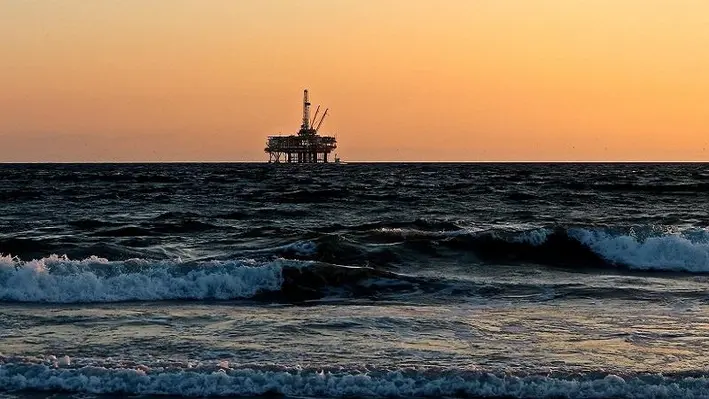

When the Decommissioning & Abandonment Asia pacific Workshop 2022 (D&A APAC) arrives in Kuala Lumpur, Malaysia, in October, Nora Farahzilla bt Abdullah, Wells WI and P&A DD Engineer at Shell Sarawak will contribute to the impressive agenda of discussions and presentations to enlighten the Asia Pacific oil and gas community on the regions decommissioning landscape.
The representative from Shell Sawawak will focus her presentation on the scope of the plug and abandonment performed on one of her company’s platforms, providing a valuable case comparison for the upcoming abandonment campaigns of other companies.

While Covid-19 restrictions continue to relent across the globe, many will remain for some time yet and the threat of variants means there is always a chance of more being reinstated. With this in mind, the Wells Engineer will reveal how the operation was managed during Covid-19 to allow for the maximum utilisation of available resources within pandemic restrictions.
Attendees will have unrivalled access to the lessons learned from the project and how this method will be improved and used for replica operations.
To find out more, click here: https://events.offsnet.com/DAAPAC2024#/
Or reach out to the details below:
Erin Smith
Global Accounts & Australasia Regional Manager
T: +64 (0) 289 900 118
E:
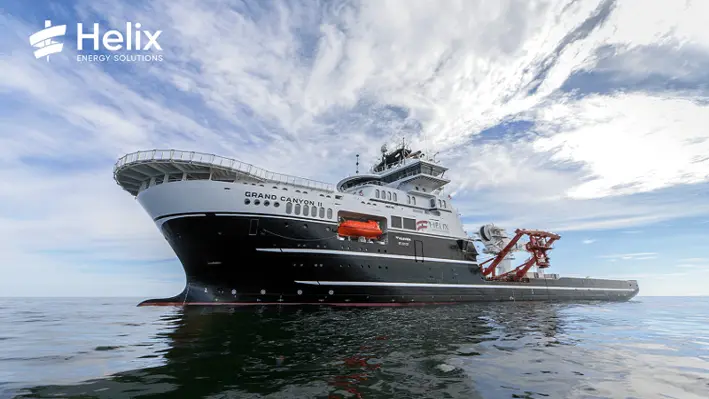

The Robotics division of Helix Energy Solutions Group, Helix Robotics Solutions, has been awarded a 180 day firm-plus-options contract by a local Thailand contractor to perform decommissioning services using the subsea construction vessel Grand Canyon II.
The contract scope of work, to be performed across multiple Thailand offshore fields, includes DP3 vessel services, crane support and ROV services in connection with subsea well abandonment and decommissioning operations. It is scheduled to begin in the late fourth quarter 2022.
Jeremiah Hebert, Helix’s Vice President – Americas/APAC Region, commented, “This decommissioning award offshore Thailand is another significant project for Helix as it represents the flexibility of our vessel and ROV assets to seamlessly transition from renewable services we are currently supporting to oil and gas operations, and expands our already strong track record in the Asia Pacific region.”
The Grand Canyon II is a DP3 multi-role construction support vessel equipped with a 250 MT AHC subsea crane, moonpool, two 3,000m rated 250hp UHD ROVs, integrated ROV deck space and removable bulwarks. With clear deck areas up to 1,650 sq m, it is well suited for subsea construction, inspection, repair & maintenance and offshore renewables activities.
The Grand Canyon II has been under long-term charter with Helix since 2015, and recently signed a five-year charter extension that runs from January 2023 through the end of 2027. Most recently, it was working offshore Taiwan on Renewable energy and wind farm construction work.
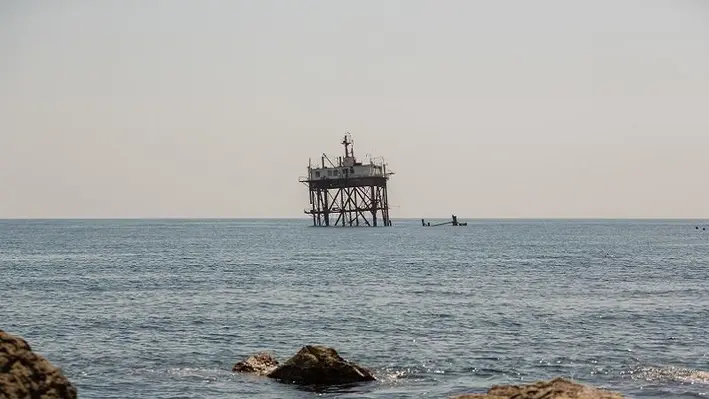

In October, Kuala Lumpur, Malaysia, will be host to the Asia Pacific offshore community, the upcoming Decommissioning & Abandonment Asia Pacific Workshop 2022 (D&A APAC), where the offshore community will gather to review the region’s decommissioning landscape and develop cost effective decommissioning strategies for future campaigns.
Among the wide range of presentations and panel discussions currently being prepared for the conference, Abdul Halim Ab Hamid, Decommissioning & Abandonment (D&A) Executive, Group Project Delivery, Project Delivery & Technology, at Petronas Carigali will explore one of the most tantalising prospects within the abandonment space – sustainable artificial reefing.
Rig to Reef, as it is often known, is a practice well established in jurisdictions such as the Gulf of Mexico but is often disregarded or simply underutilised in other regions around the globe.
The representative from Petronas Carigali at D&A APAC will discuss Rig to Reef as a sustainable repurpose concept and showcase it as a potential strategy for decommissioning planning.

He will seek to explain the effectiveness and sustainability of Rig to Reef as a programme by establishing reefing guidelines via reef design and reefing engineering parameters, marine environmental considerations and pollution prevention plans.
Finally, he will help attendees to maximise the recovery value from materials to be refurbished and prevent value leakage from waste via material inventories classification for reefing.
To learn more about the workshop: https://events.offsnet.com/DAAPAC2024#/
Or reach out to the details below for more information:
Erin Smith
Global Accounts & Australasia Regional Manager
T: +64 (0) 289 900 118
E:
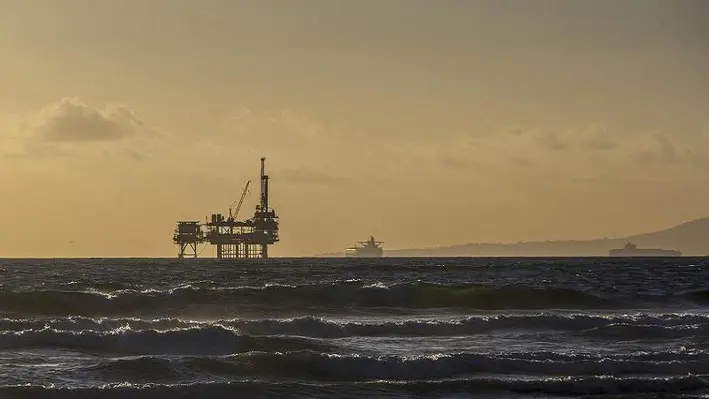

As part of the decommissioning facilities section of the upcoming Decommissioning & Abandonment Asia Pacific Workshop 2022 (D&A APAC), a contingent from Petronas Carigali will present on the potential for integration within the end of life space.
The formidable party from Petronas Carigali will feature Ahmad Zawawi Abdul Raja, Well P&A and Decommissioning; M Zhafran B Sulaiman, Head Decommissioning & Abandonment Facilities; and M Redzuan B a Rahman, Head of Technical Solutions.

The three members will help attendees to understand the opportunity for integrated resources for upcoming decommissioning projects and how well and facility teams can benefit from this.
They will also present case studies from Malaysia where collaboration for decommissioning has been a success, including the challenges and lessons learned from such projects.

Attendees will get the opportunity to hear all this from these industry experts, giving them a chance to ensure future projects are as efficient as possible.
With decommissioning emerging as a significant focus for the oil and gas community in Asia Pacific, D&A APAC is not one to be missed!
To learn more about the workshop: https://events.offsnet.com/DAAPAC2024#/
Or reach out to the details below for more information:
Erin Smith
Global Accounts & Australasia Regional Manager
T: +64 (0) 289 900 118
E:
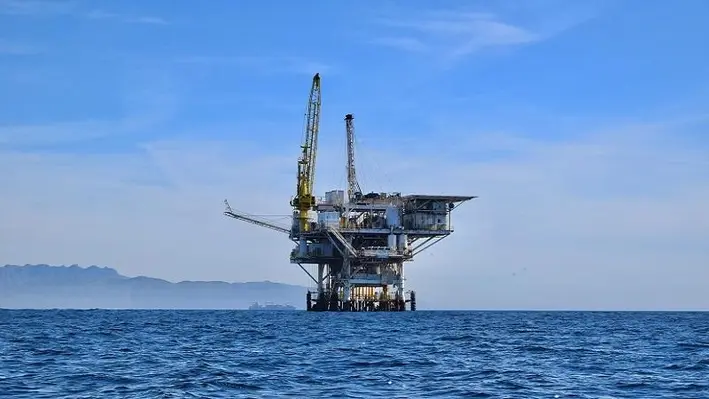

Ahead of the ‘decommissioning wave’ about to break on the Asia Pacific offshore community, the upcoming Decommissioning & Abandonment Asia Pacific Workshop 2022 (D&A APAC) will be exploring best practices around end of life management including an exclusive presentation from Kitti Kamkaew, Environmental Specialist for Chevron Thailand Exploration and Production Ltd.
Kamkaew will be surveying Thailand decommissioning practices and hazardous waste management lessons and will guide attendees through information on the Gulf of Thailand’s decommissioning progress before mapping out potential upcoming campaigns.

The Environmental Specialist will go into detail around Chevron Thailand’s offshore to onshore decommissioning waste management and will discuss lessons learned from dealing with hazardous waste in decommissioning processes.
Undoubtedly, some of the challenges Chevron Thailand have experienced will be felt by other operators looking to pursue their own campaigns in coming years. To learn about these and get the opportunity to pre-empt them ahead of time, be sure to attend D&A APAC.
To find out more, click here: https://events.offsnet.com/DAAPAC2024#/
Or reach out to the details below for more information:
Erin Smith
Global Accounts & Australasia Regional Manager
T: +64 (0) 289 900 118
E:
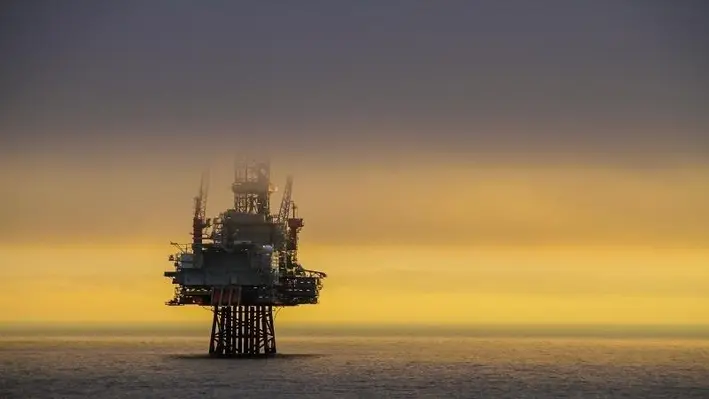

As part of the exciting lineup for Decommissioning & Abandonment Asia Pacific Workshop 2022 (D&A APAC), Idris Mohammed Jaafar, BSP Asset D&R Manager at Shell Brunei, will reveal how to improve efficiency and reduce costs in upcoming decommissioning campaigns.
As a huge proportion of Asia Pacific’s upstream assets move stubbornly towards cessation of production, operators are facing the unwelcome (but unavoidable) task of easing their structures into the end of life. Jaafar, in his expert presentation at D&A APAC, will help operators to undertake these operations with the least amount of cost expended.

Planning for aggregation to deliver the best value to D&R execution strategies and factors affection value and cost erosion in D&R will be among the topics the Shell Brunei will open the session with.
Jaafar will also explore asset integrity management in the end of life phase (noting what can be done to avoid high costs in D&R) and analyse technology deployment strategies that can be adapted to improve decommissioning and remediation activities.
A session not to be missed at one of the most anticipated offshore events of the year.
To find out more, click here: https://events.offsnet.com/DAAPAC2024#/
Or reach out to the details below:
Erin Smith
Global Accounts & Australasia Regional Manager
T: +64 (0) 289 900 118
E:


As part of the forthcoming Decommissioning & Abandonment Asia Pacific Workshop 2022 (D&A APAC), representatives from Pertamina Hulu Energi will give an exclusive presentation on the regulatory updates shaping D&A activity in Indonesia.
Pertamina’s Karyadi Junedi, Senior Engineer Surface Facilities and Sophia Kangan, Lead Specialist Innovation Process & Facility, Ex. Pertamina, will act as the guides for this expert exploration of the latest publication of regulations in Indonesia.

In this masterclass session, attendees will hear a review of the integrity of offshore structures for future decommissioning campaigns and abandonment programmes as well as having the chance to discuss the impact of regulations for the upcoming D&A programme. For those looking to embark on such campaigns, this session will prove critical in ensuring everything planned is compliant.
To learn more about this session and the wider D&A APAC conference, click here.
Or reach out to the details below:
Erin Smith
Global Accounts & Australasia Regional Manager
T: +64 (0) 289 900 118
E:
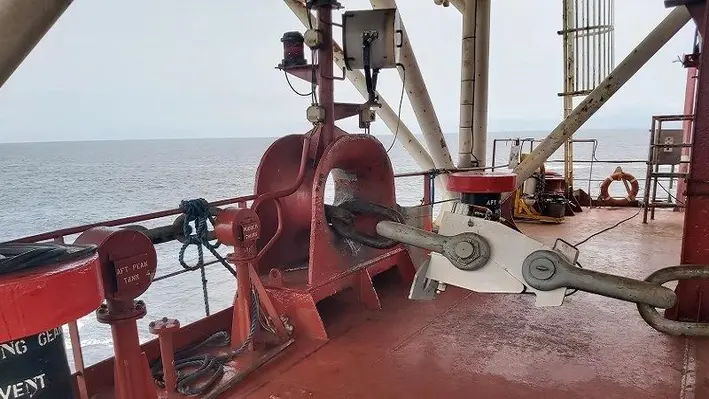

In order to reduce the significant safety risks associated with the manual emergency release of mooring systems during FPSO tandem offloading ocean towage, heading control, positioning and decommissioning, Gall Thomson has released the PODx (Powered Offshore Disconnect) – an innovative new automatic actuation system.
PODx minimises the risk of personnel injury, damage to equipment and subsequent downtime by remotely releasing mooring hawser chains under full load, quickly and safely. It utilises release bolt technology that automatically separates on demand, providing an identified parting point in the mooring line. This allows for a reliable release in under 100 milliseconds.
Designed for use in a variety of offshore applications including FPSO, emergency mooring release system and Anchor Handling Vessels, PODx uses a range of block and release bolt sizes specific to the load requirement.
Fred Boufennane, Business Development Director at Gall Thomson, said, “PODx is a simple and robust solution to a serious safety problem that has long been recognised as presenting significant risks to personnel and capital equipment. The technology is proven with more than 22 years of field experience, and its operational costs are substantially lower than traditional alternatives. PODx can be simply retrofitted on vessels without hot work or permanent fixturing to the vessel deck from any danger zone.”
In addition to its performance characteristics, PODx provides cost effectiveness for operators and with a unique design that ensures easy reset, is reusable after activation. Simple to maintain, with long maintenance-free periods, it can contribute to a reduction in insurance premium costs.
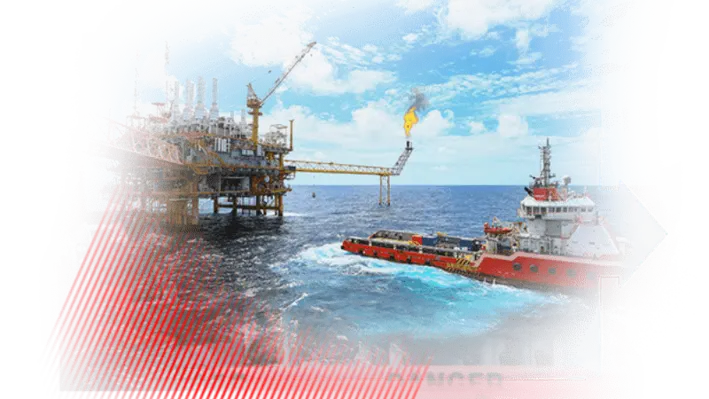

MR Deepwater Subsea LLC, part of the MR Group of companies, and Offshore Technical Compliance (OTC) LLC, have announced a formal collaboration between both companies to create a one-stop-shop for real time monitoring, digital pressure testing and BOP compliance services.
Through the global office network of the MR Group, OTC services are now available worldwide. The MR Group forms an independent centre of excellence, focused on improving the integrity of drilling rigs and helping clients enhance value of their wells across the well lifecycle. OTC is an industry leader in predictive digital pressure testing.
Mike Fry, Director of MR Deepwater Subsea, explained, “The collaboration with OTC is important for our clients. OTC is the ideal partner to offer our clients an integrated package of real time monitoring, digital pressure testing and BOP compliance services – all under one contract.”
OTC has developed their unique Greenlight digital pressure testing tool, which does not require benchmark testing to get a reliable test outcome but uses algorithms for predictions, which is BSEE-approved. The software and related equipment can be used for any type of pressure testing including surface and subsea well control equipment, inflow testing, casing tests, control lines, MPD equipment, and risers. Maintaining a very small footprint and with the ability to be operated remotely, the system can also capture multiple tests simultaneously.
The collaboration will help in building knowledge regarding inspection and testing data, equipment failure and wear & tear patterns which are unmatched in the industry. The worldwide office and resource network of the MR Group means OTC services are now truly available worldwide using a global pool of experts.
“The collaboration creates efficiencies for our clients, not only through a one-stop-shop but also in personnel on board,” OTC CEO Michael Bethea noted. “It also adds further digital technology development resources to the MR Group portfolio. We are excited about the future and our ability to add value to our clients.”
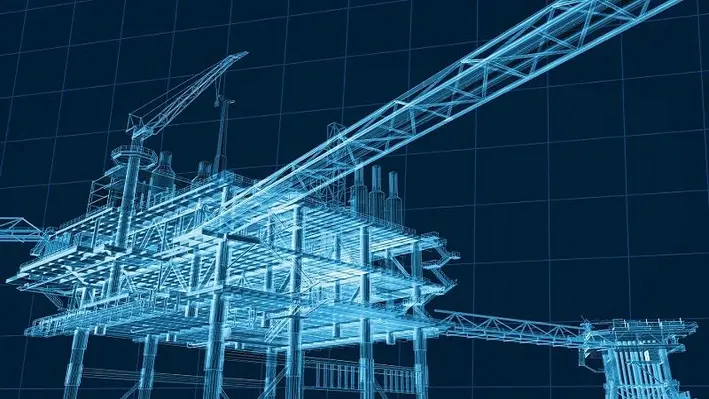

Weatherford, a leading global energy services company, and LYTT, a provider of real-time insights to energy asset operators through intelligent sensor data extraction and acoustic fingerprinting, have signed an international collaboration agreement to create a new offering helping customers revitalise and optimise their energy assets.
The collaboration will target all lines of business, industries and platforms. It will combine LYTT’s proprietary sensing insights with Weatherford’s expertise in distributed fiber-optic sensing (DFOS), deployed through Foresite, an industry leading platform.
The agreement will see LYTT’s edge-computing, analytics and data visualisation positioned with Weatherford’s optical-sensor reliability and expertise to deliver ForeSite Sense, powered by LYTT. This solution will help empower customers to confidently manage injection profiling, diagnose well-integrity issues, regulate sand production, and enhance production efficiency.
Daryn Edgar, CEO of LYTT, commented, “Our platform is growing at the pace of our customers’ challenges, which is why creating an ecosystem by linking our unique offerings and customer bases is vital. With over 1,700 installations globally, our collaboration with Weatherford will give customers the opportunity to extract additional value from both existing and planned installations worldwide.
“We are excited to work with Weatherford to help deliver additional value with previously inaccessible critical insights, helping their customers to detect what matters most instantly and continuously, revitalising energy assets.”
Girish K Saligram, President and CEO of Weatherford, added, “In today’s environment, operators seek to maximise returns and optimise production while reducing their carbon footprint. We are excited to work with LYTT and believe our combined technologies and expertise will provide operators with the necessary visibility and analysis to achieve more efficient, profitable and sustainable operations.”
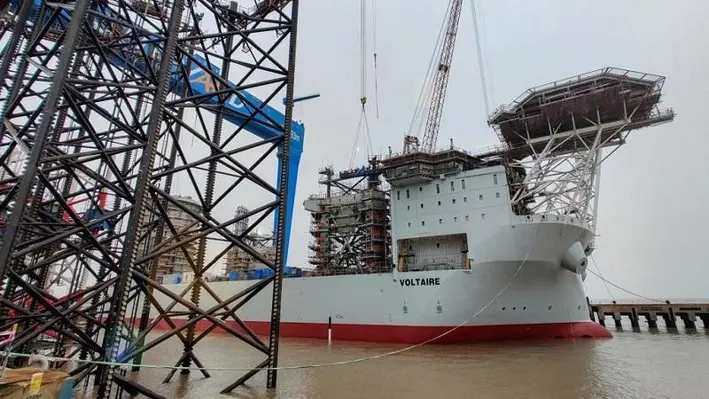

At the COSCO Shipping Shipyard in Nantong, China. Jan De Nul Group has launched the Voltaire, a next-generation offshore jack-up installation vessel for offshore renewables and decommissioning.
This vessel will be the second and largest jack-up vessel in Jan De Nul’s fleet and is due for delivery in H2 2022. Voltaire is built to transport, lift and install offshore wind turbines, transition pieces and foundations. The main crane with a capacity of over 3,000 tonnes will enable it to construct the current and future generation of wind farms at sea. Voltaire is ready for the future of offshore renewables, and will also be available to the oil and gas industry for the decommissioning of offshore structures.
The Voltaire is a jack-up vessel fitted with a high-tech jacking system. Four giant legs of 130 metres support the vessel to achieve stable working conditions at unsurpassed water depths up to 80 metres and with an elevated load of 16,000 tonnes. Compared to Jan De Nul’s other jack-up vessel Vole au vent, this new vessel has almost double the deck space.
Innovative design
The highly innovative main crane will be fitted with a Universal Quick Connector (UQC), developed by Huisman, and leveraging the expertise of Jan De Nul’s operational and engineering teams. The result is a innovative UQC, that will deliver a major step change in safer offshore lifting activities.
In common with Les Alizés, the Voltaire is equipped with a highly advanced dual exhaust filter system, removing up to 99% of nanoparticles from emissions using a diesel particulate filter (DPF) and reducing the NOx emissions and other pollutants by means of a selective catalytic reduction system (SCR) to levels in accordance with EU Stage V regulation. Together, these vessels will be the first two seaworthy installation vessels in the world with an extremely low carbon footprint.
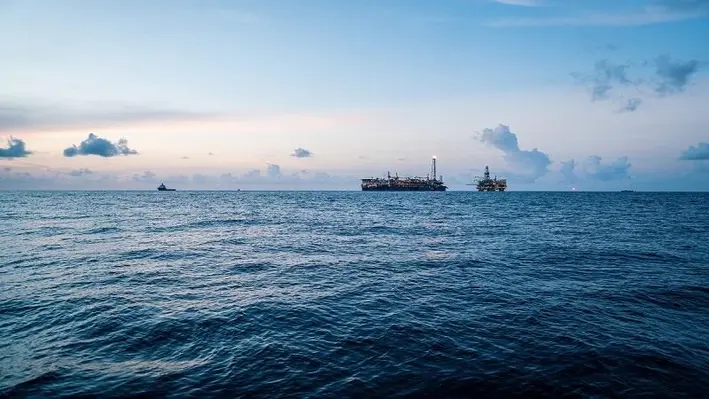

InterMoor has been awarded a key contract with Chevron Thailand Exploration and Production, Ltd. (Chevron) for the disconnection and removal of Single Point Mooring (SPM) Buoy 1 and 2 in the Gulf of Thailand.
InterMoor will provide project management, engineering, procurement, as well as offshore execution for the decommissioning of the floaters. The campaign is expected to commence once necessary endorsements are in place.
For the execution of the project, InterMoor will be utilising a variety of high spec vessels to carry out the decommissioning activities along with cutting tools and other auxiliary/associated equipment by Acteon product and service line brands, Claxton, Aquatic, Seatronics and UTEC.
InterMoor APAC General Manager Vin Bala commented, “While InterMoor continues to enhance our reputation as a major Transportation and Installation (T&I) service provider in the Asia Pacific region, one of our unique strengths has always been in the decommissioning of subsea assets. We are extremely honoured and proud to have been awarded this important project from Chevron and see this as a testament to our team’s capabilities and our long-standing tradition of safe, execution excellence in decommissioning work in the region.”
Page 10 of 13
Copyright © 2025 Offshore Network